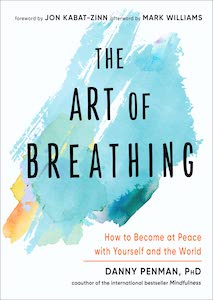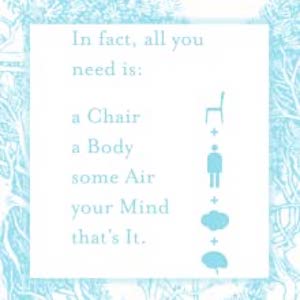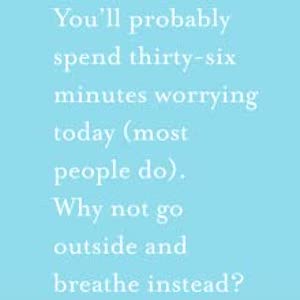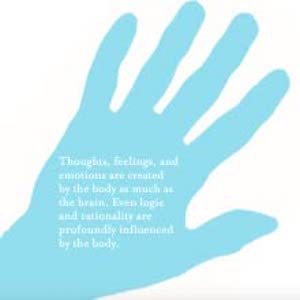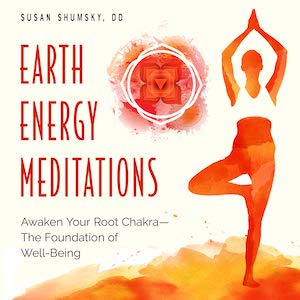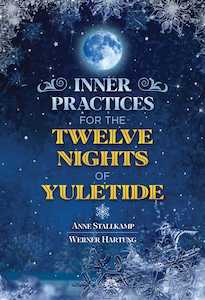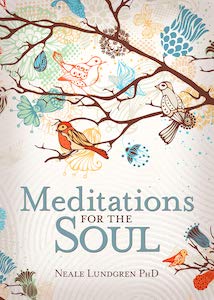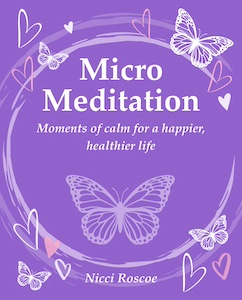
Micro Meditation: Moments of Calm for a Happier, Healthier Life, by Nicci Roscoe
CICO Books, 180065409X, 144 pages, March 2025
Sometimes all it takes is just a few minutes to shift our energy and attention. However, when we get caught up in the busyness of our daily schedule, we often forget to cultivate these moments of calming mindfulness. Cue Micro Meditation: Moments of Calm for a Happier, Healthier Life by Nicci Roscoe, a grounding book that offers easy to do mini-meditations for all types of situations we might find ourselves in throughout the day.
“Unlike longer, traditional meditations, micro meditations break your cycle of stress in a moment, without having to spend up to an hour every time you meditate. They give you an immediate focus, taking your attention away from what is frustrating or upsetting you, and helping you feel so much better in less than two minutes—some only take a few magical seconds.”1
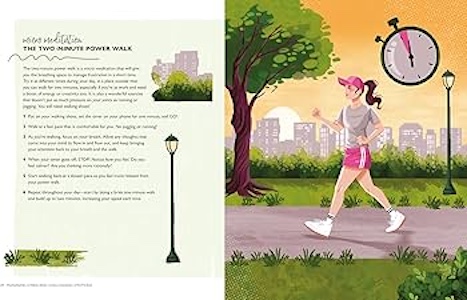
Nicci Roscoe, a wellness expert and life coach, introduces the concept of “micro meditation” — brief, focused moments of mindfulness that can be seamlessly incorporated into daily routines. Her approach is both refreshing and accessible, especially for those who don’t have much time to spare during the day. She offers numerous practical exercises that can be done almost anywhere, such as during a commute or while doing laundry, making meditation less daunting and teaching readers that meditation can take many forms.
The book is structured into four chapters, each focusing on different types of micro meditations: overcoming stress and challenging emotions, changing your mindset, finding your calm, and working with crystals and chakras. And while there’s ton of exercises for readers to try within each chapter, Roscoe also includes lovely introductions to the topics, real life stories of those who have benefited from micro meditations, lists that help you identify when you are in need of a micro meditation, and plenty of tips for cultivating a healthier lifestyle.
Just flipping through the book is a calming experience, especially since it’s so vividly designed with popping colors and pictures that keep your eyes glued to the page in full absorption. Illustrator Camila Gray has done a truly marvelous job framing Roscoe’s insights in pictorial form and making the reader feel extra connected to the words on the page. From demonstrating facial massages to creating colorful charts, the content is structured to be easily absorbed. The illustrations are so uplifting and absolutely magnificent at transmitting the empowering, positive tone of this book.
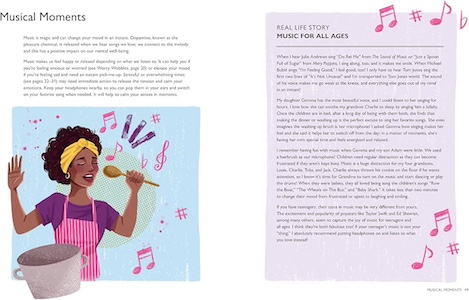
What I really love about Roscoe’s approach is how she incorporates the senses. As someone who could never just sit on a cushion and clear my mind to meditate, her approach is much more accessible and pleasant to engage in. Splashing cold water on one’s face, mindfully eating a few spoonfuls of ice cream, being outside in nature, smelling a flower, playing either soothing or pump up music (depending on our mood), and doing a little hand massage are all methods Roscoe recommends for bringing our attention to the present moment and reframing our mindset.
Crystal lovers will definitely enjoy chapter four, “Crystal Magic and Chakras for Mini Meditation”. Roscoe teaches how a variety of crystals can be used for different purposes, boosting one’s meditative practice with their energy. From the revitalizing energy of garnet to the nurturing energy of rose quartz, Roscoe teaches that spending a few moments connecting with crystals is a meditative practice within itself. After reading this section, I decided to put some rainbow fluorite on my desk for focus along with carnelian for creativity. Whether I’m gazing at the crystals or holding them in my hand, I notice the boost of energy they bring to my work space.
There’s also plenty of micro meditations that can be done on the spot without any additional props. I’ve really benefited from the micro meditation Boxing Your Thoughts, where Roscoe instructs you to put your worries in separate boxes and close the lid until you’re in a better space to think about them. This has helped me to focus on one issue at a time rather than feeling overwhelmed by racing thoughts and anxiety.
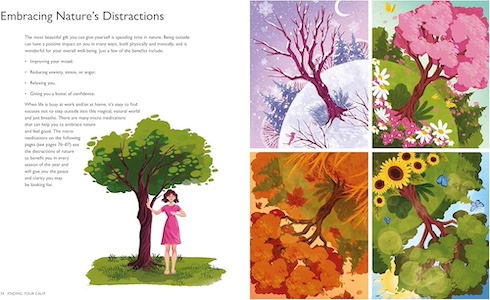
Another exercise from the book I’ve enjoyed is Anchor Away Your Frustrations, where Roscoe guides readers to think of a time they felt happy, calm, and peaceful. With this memory in mind, you then take calming breaths and squeeze together your thumb and forefinger and imagine the picture in your mind growing bigger, along with the positive emotions amplifying. This process anchors the feeling in the bodily sensation of pushing your thumb and forefinger together, which you can then do whenever you start to feel overwhelmed, stressed, or upset. This one has been useful for when I’m dealing with my two-year-old son, who is doing a lot of learning by pushing boundaries these days!
Overall, Micro Meditation is a fun, engaging read for anyone looking to incorporate mindfulness into their life without extensive time commitment. Roscoe’s compassionate and knowledgeable approach makes meditation accessible to all. She teaches so many small ways we can take control of our moods by turning inward, if only for a few moments, leading to a happier and healthier way of life. I absolutely love all the suggestions Roscoe has provided, and I know that I’ll often be flipping through this book to remind myself of simple ways I can bring more mindfulness into my daily life.
Alanna Kali is an astrologer, numerologist, and pioneer spirit that loves to explore life through the lens of depth psychology. She has a passion for studying the humanities and social trends. Her academic work is centered upon reuniting body, mind, and spirit through eco-psychology. She loves reading, spending time in nature, and travel.




